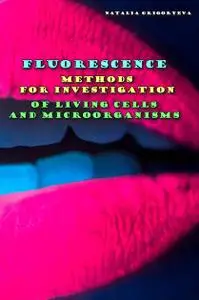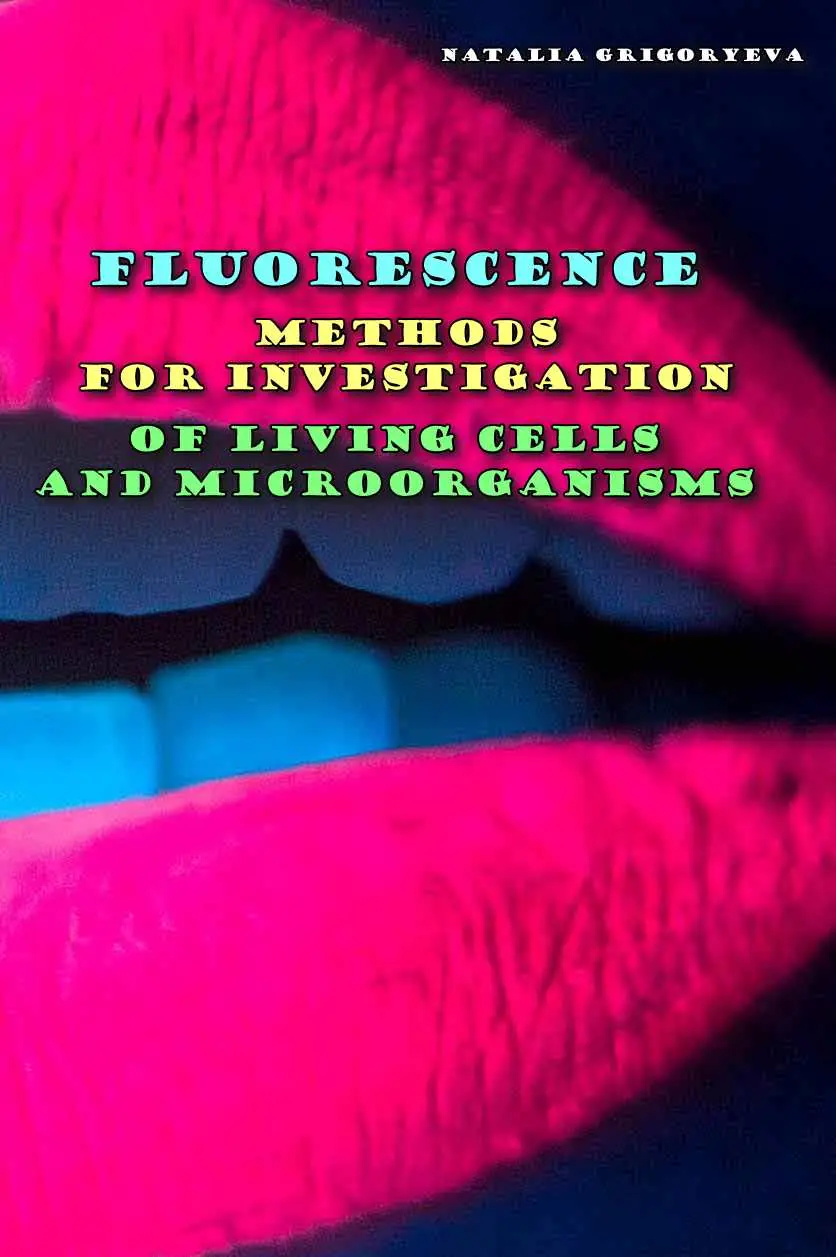"Fluorescence Methods for Investigation of Living Cells and Microorganisms" ed. by Natalia Grigoryeva
ITExLi | 2020 | ISBN: 1839680407 9781839680403 1839680393 9781839680397 1839680415 9781839680410 | 433 pages | PDF | 53 MB
ITExLi | 2020 | ISBN: 1839680407 9781839680403 1839680393 9781839680397 1839680415 9781839680410 | 433 pages | PDF | 53 MB
This book provides an overview of practical and theoretical aspects of fluorescence methods and their successful application in the investigation of static and dynamic processes in living cells and microorganisms. It illustrates the use of fluorescence microscopy and spectroscopy, confocal laser scanning microscopy, flow cytometry, delayed fluorescence, pulse-amplitude-modulation fluorometry, and fluorescent dye staining protocols.
Fluorescence methods play a leading role in the investigation of biological objects. They are the only non-destructive methods for investigating living cells and microorganisms in vivo. Using intrinsic and artificial fluorescence methods provides deep insight into mechanisms underlying physiological and biochemical processes.
This book covers a wide range of modern methods involved in experimental biology.
Contents
1. Studying Cyanobacteria by Means of Fluorescence Methods: A Review
2. Far-Red Light Absorbing Photosynthetic Pigments in Cyanobacteria: Steady-State Fluorescence Detection, Time-Resolved Fluorescence Spectroscopy, and Confocal Laser Scanning Microscopy
3. Influence of the Wavelength of Excitation and Fluorescence Emission Detection on the Estimation of Fluorescence-Based Physiological Parameters in Different Classes of Photosynthetic Organisms
4. The Use of Fluorescence Microscopy to Assess the Suppression of the Development of Cyanobacteria under the Influence of Allelochemicals of Aquatic Macrophytes
5. Fluorescence Behavior of Phytoplankton Blooms by Time-Correlated Single-Photon Counting (TCSPC)
6. Investigation on the Chlorophyll-a Content of Phytoplankton in the Sea of Azov and the Don River by the Fluorescence Method\
7. Fluorescence Fluctuation Techniques for the Investigation of Structure-Function Relationships of G-Protein-Coupled Receptors
8. Study of the Fluorescence Intensity of Histones HP1gamma, H3K9me3, H3K27me3, and Histone Deacetylases SIRT1 and SIRT6 in Dermal Fibroblasts of Patients with Breast Cancer and Patients at Risk of Cancer
9. Mammalian Cell Viability Methods in 3D Scaffolds for Tissue Engineering
10. Detection of Apoptosis in Cancer Cells Using Heat Shock Protein 70 and p53 Antibody Conjugated Quantum Dot Nanoparticles
11. Fluorescence Methods for the Analysis of Microtubule/Microfilament Involvement in the Regulation of Endothelial Barrier Function
12. Fluorescent Nanoagents for Biomedical Applications
13. Getting Charged for the Mitochondrial Uptake
14. Confocal Laser Scanning Microscopy of Living Cells
15. A Protocol for Minimal Single Protein Labeling with CyDye Fluors for Live Cell Internalization Assays
16. Fluorogenic Polyfunctional Coumarin-Based Chemosensors for Multianalyte Detection
17. Fluorescent Nanomaterials for Cellular Imaging
18. Diffusion Theory for Cell Membrane Fluorescence Microscopy
19. Special Cuvettes for Spectrofluorimeters
20. Pore-Forming Proteins: Fluorescent Dyes to Study the Channel Functionality and Biophysical Properties
1st true PDF with TOC BookMarkLinks



